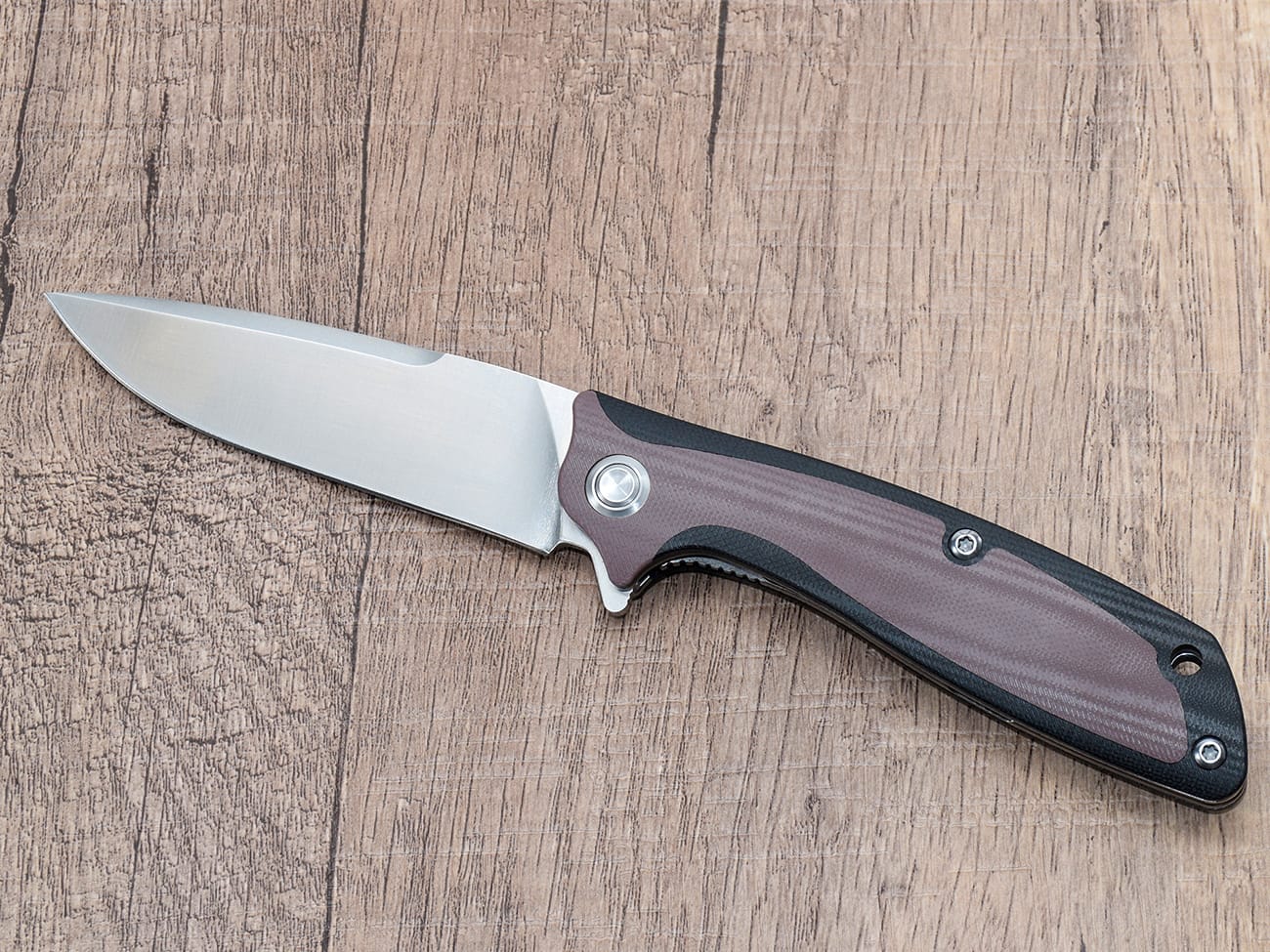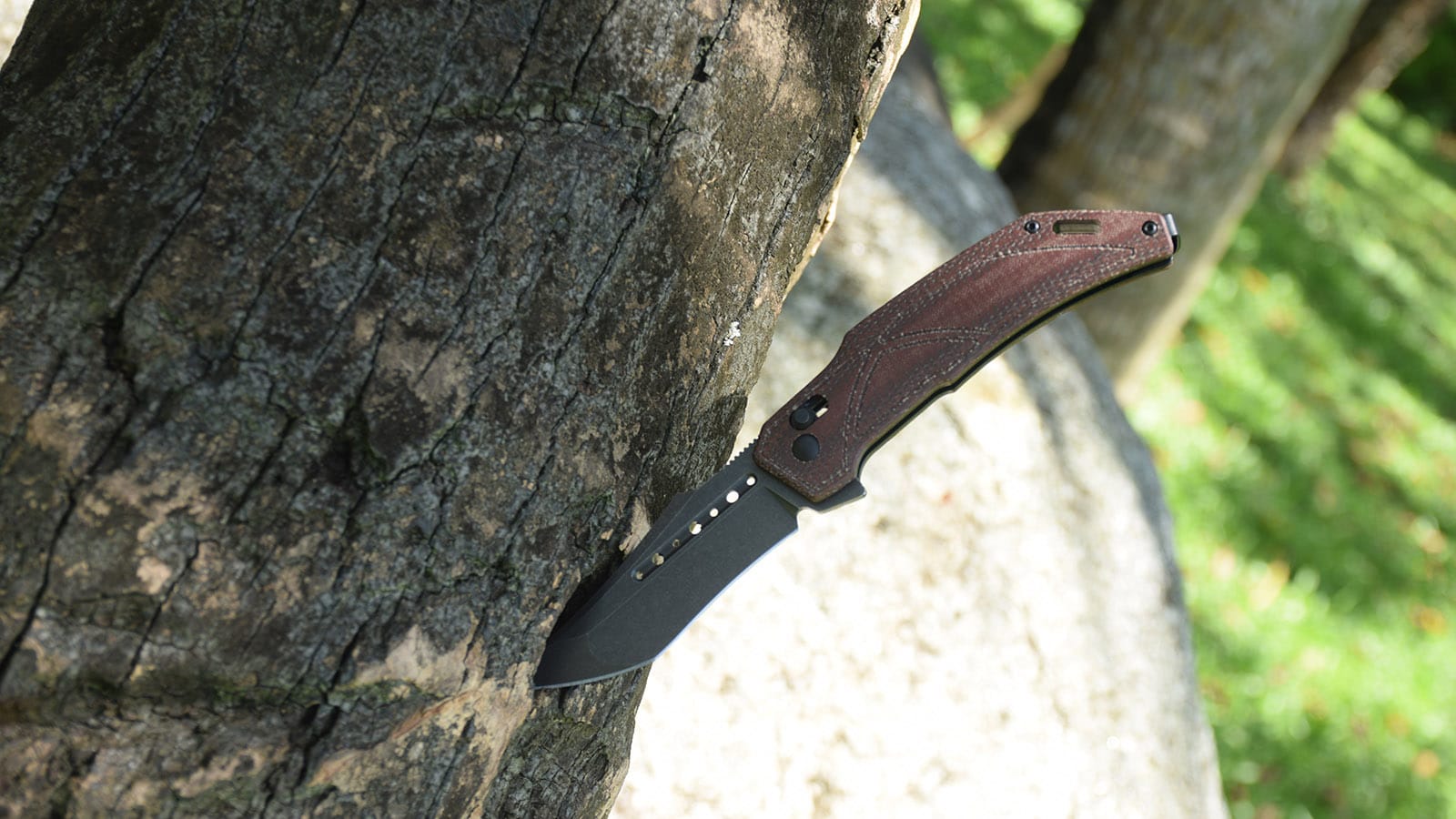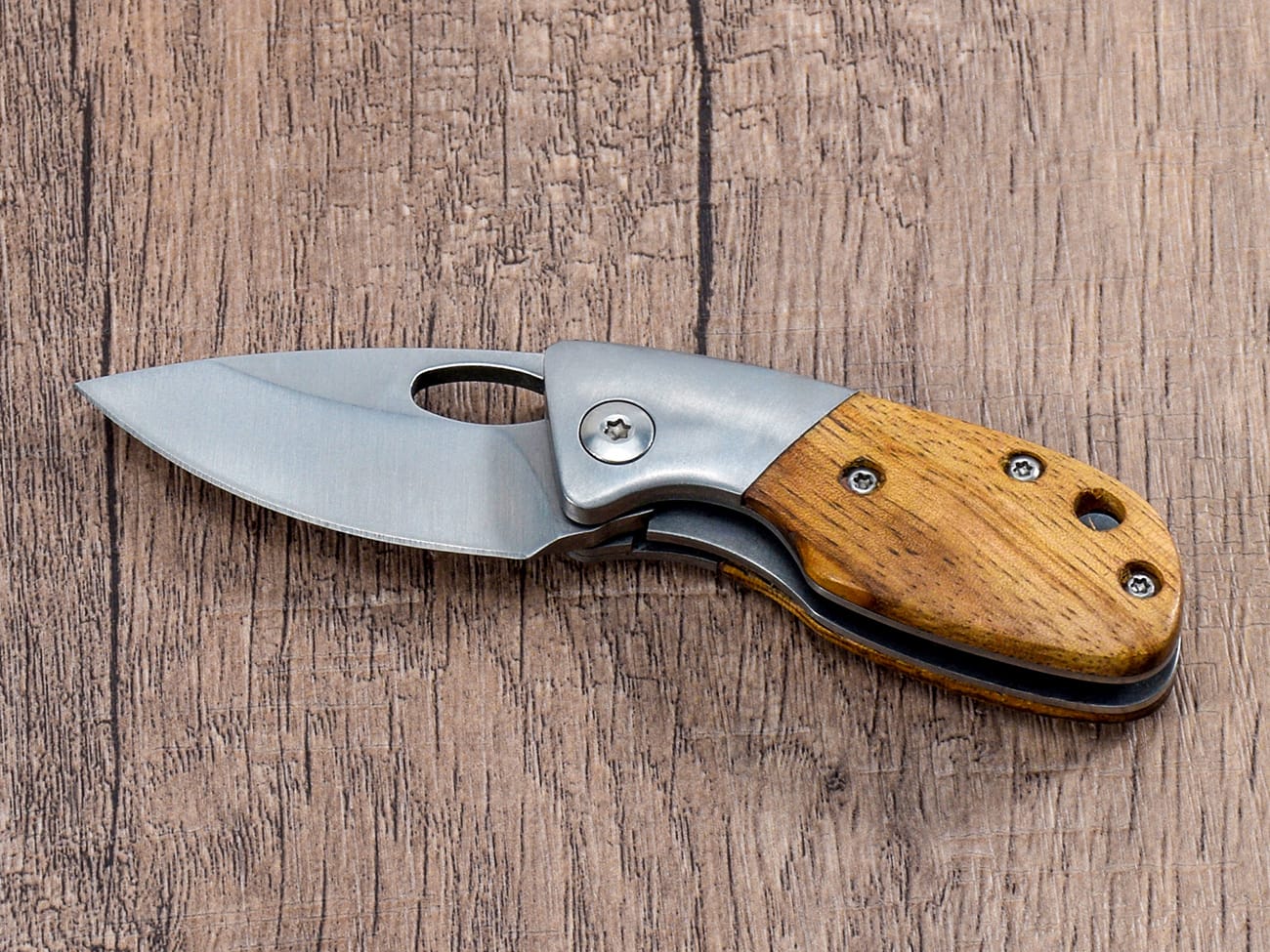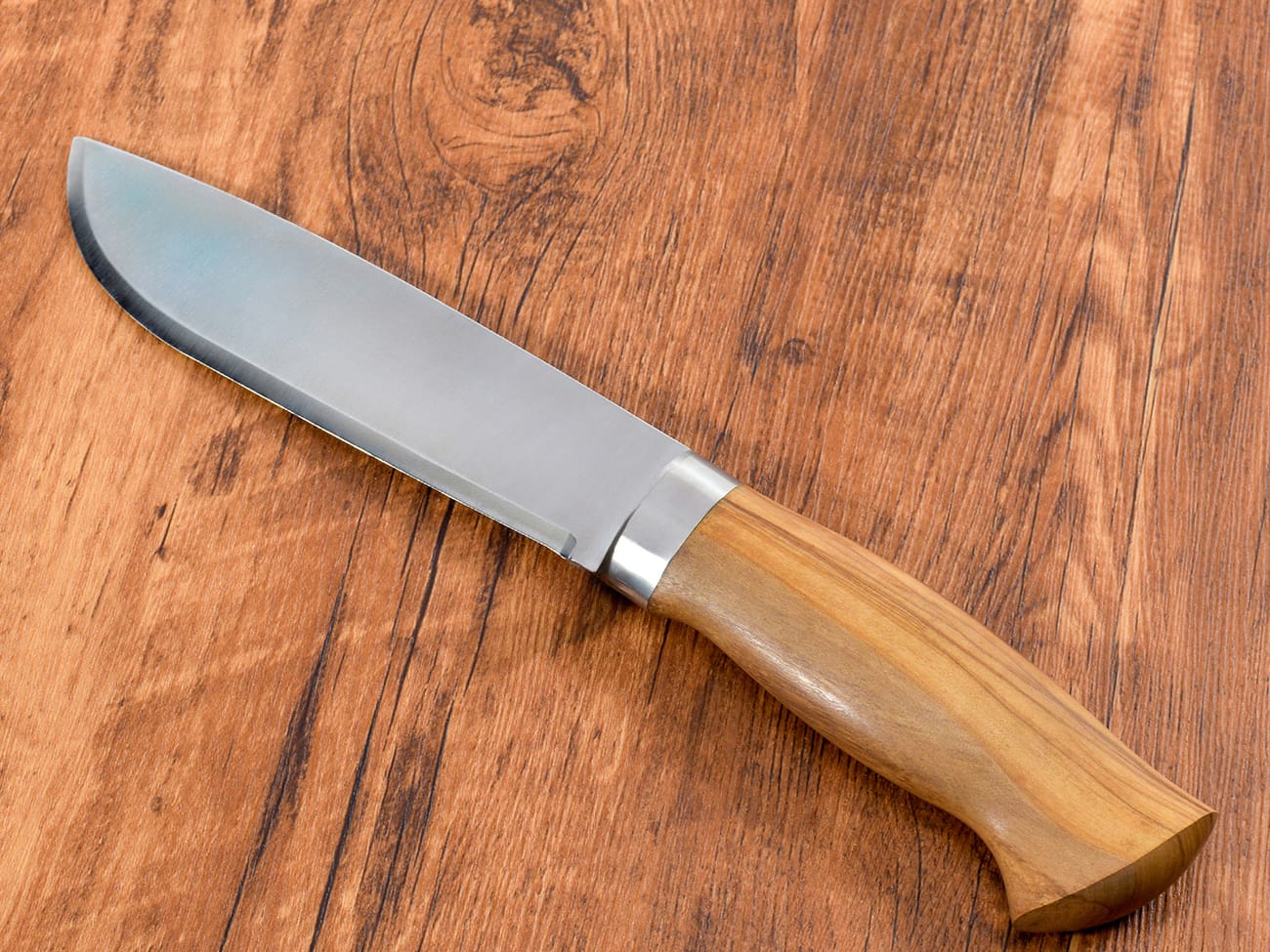Are you curious about what makes some knives sharper and more durable than others? The secret lies in the hardness of the blade, specifically measured by the Rockwell hardness scale. In this comprehensive guide, we’ll dive deep into the world of knife hardness, exploring how it affects performance and what factors contribute to creating the perfect blade. Whether you’re a professional chef, outdoor enthusiast, or simply someone who appreciates a good knife, this article will equip you with the knowledge to make informed decisions about your cutting tools.
What is Rockwell Hardness and Why Does it Matter for Knives?
Rockwell hardness is a standardized measure of a material’s resistance to permanent deformation. For knives, this translates to how well the blade can maintain its edge and resist chipping or deformation during use. The Rockwell C scale (HRC) is most commonly used for knife steels, with higher numbers indicating harder steel.Understanding Rockwell hardness is crucial because it directly impacts a knife’s performance:
- Edge retention: Harder steels generally hold an edge longer
- Sharpness: Harder steels can be ground to a finer edge
- Durability: Softer steels are more resistant to chipping but may dull faster
How is Rockwell Hardness Measured?
The Rockwell test involves pressing a diamond-tipped indenter into the material under a specific load. The depth of the resulting indentation determines the hardness number. For knife steels, the Rockwell C scale is used, with typical values ranging from 54-64 HRC.
What is the Ideal Rockwell Hardness for a Knife?
There’s no one-size-fits-all answer, as the ideal hardness depends on the knife’s intended use:
- Kitchen knives: Generally 58-62 HRC
- Outdoor/survival knives: Often 55-58 HRC for better toughness
- Pocket knives: Typically 58-61 HRC, balancing edge retention and ease of sharpening
Factors That Affect Knife Hardness
1. Steel Composition
The type of steel used is the primary factor in determining a knife’s potential hardness. Different steel alloys contain varying amounts of carbon, chromium, vanadium, and other elements that influence hardness and other properties.
2. Heat Treatment Process
Even with the same steel, the heat treatment process can significantly affect the final hardness. This involves:
- Heating the steel to a specific temperature
- Quenching (rapid cooling) to harden the steel
- Tempering to reduce brittleness and achieve the desired hardness
3. Blade Geometry
While not directly affecting hardness, the blade’s thickness and grind angle can impact perceived hardness and edge retention. Thinner blades may feel “harder” as they slice more easily.
4. Intended Use
Manufacturers adjust hardness based on the knife’s purpose. A chef’s knife might be harder for better edge retention, while a bushcraft knife might be slightly softer for improved toughness.
The Trade-offs of Hardness in Knife Design
Hardness vs. Toughness
One of the most critical balances in knife design is between hardness and toughness:
- Harder steels (60+ HRC) hold an edge longer but are more prone to chipping
- Softer steels (below 58 HRC) are more durable but require more frequent sharpening
Ease of Sharpening
Harder steels typically take longer to sharpen but maintain their edge for extended periods. Softer steels are easier to sharpen but may need more frequent maintenance.
Corrosion Resistance
In general, harder steels are more prone to corrosion. However, this also depends on the specific alloy composition and heat treatment.
How Different Steel Types Affect Hardness
Carbon Steel
High-carbon steels can achieve very high hardness levels (up to 64-65 HRC) but are more prone to corrosion. Examples include 1095 and D2 steel.
Stainless Steel
Stainless steel blades offer better corrosion resistance but typically don’t reach the extreme hardness of some carbon steels. Popular choices like 440C and VG-10 can still achieve excellent hardness (58-61 HRC).
Tool Steels
Some tool steels, like M390 and CPM-S30V, offer a great balance of hardness, toughness, and corrosion resistance, making them popular for high-end knives.
The Role of Heat Treatment in Achieving Optimal Hardness
Heat treatment is a critical process that can make or break a knife’s performance. It involves:
- Austenitizing: Heating the steel to transform its crystal structure
- Quenching: Rapid cooling to “lock in” the hardness
- Tempering: Carefully reheating to reduce brittleness and achieve the desired hardness
Proper heat treatment requires precise control of temperatures and timing. Even small variations can significantly affect the final hardness and performance of the blade.

How to Choose the Right Hardness for Your Needs
Consider these factors when selecting a knife:
- Intended use (e.g., kitchen, outdoor, EDC)
- Frequency of use and maintenance
- Your sharpening skills and preferences
- Environmental conditions (humidity, exposure to saltwater)
For example, if you’re looking for an everyday carry (EDC) knife, a hardness range of 58-60 HRC might offer a good balance of edge retention and ease of maintenance.
The Impact of Hardness on Knife Maintenance
Sharpening Techniques
Harder knives often require different sharpening techniques and materials:
- Diamond or ceramic stones for very hard steels
- Longer sharpening sessions but less frequent need
Edge Geometry
The hardness of the steel influences the optimal edge angle:
- Harder steels can maintain more acute angles (15-20 degrees per side)
- Softer steels may need slightly wider angles (20-25 degrees) for durability
Rust Prevention
Harder steels, especially high-carbon varieties, may need more attention to prevent rust:
- Regular cleaning and drying
- Applying food-safe mineral oil for storage
Innovations in Knife Hardness Technology
Powder Metallurgy
Advanced manufacturing techniques like powder metallurgy allow for more uniform and finer-grained steel structures, potentially increasing both hardness and toughness.
Differential Hardening
Some manufacturers use techniques to create blades with varying hardness levels along their length. This can provide a hard edge with a more flexible spine.
Cryogenic Treatment
Subjecting blades to extremely low temperatures during heat treatment can enhance hardness and wear resistance in some steels.
Common Misconceptions About Knife Hardness
Myth: Harder Always Means Better
While hardness contributes to edge retention, extremely hard knives can be brittle and difficult to maintain. Balance is key.
Myth: Softer Knives Are Low Quality
Softer knives have their place, especially in heavy-duty applications where toughness is crucial. High-quality outdoor knives often have slightly lower hardness for improved durability.
Myth: You Can’t Sharpen Hard Knives
While it may take more time and skill, even very hard knives (62+ HRC) can be sharpened with the right techniques and materials.
Key Takeaways: Understanding Knife Hardness
- Rockwell hardness significantly impacts a knife’s performance, affecting edge retention, sharpness, and durability.
- The ideal hardness depends on the knife’s intended use and user preferences.
- Steel composition and heat treatment are crucial factors in determining a knife’s hardness.
- There’s always a trade-off between hardness and toughness in knife design.
- Proper maintenance techniques vary based on a knife’s hardness.
- Innovations in metallurgy and manufacturing continue to push the boundaries of knife performance.
By understanding the factors that affect knife hardness and how it impacts performance, you can make more informed decisions when choosing and maintaining your cutting tools. Whether you’re a professional chef, outdoor enthusiast, or everyday knife user, this knowledge will help you select the perfect blade for your needs and keep it performing at its best.




